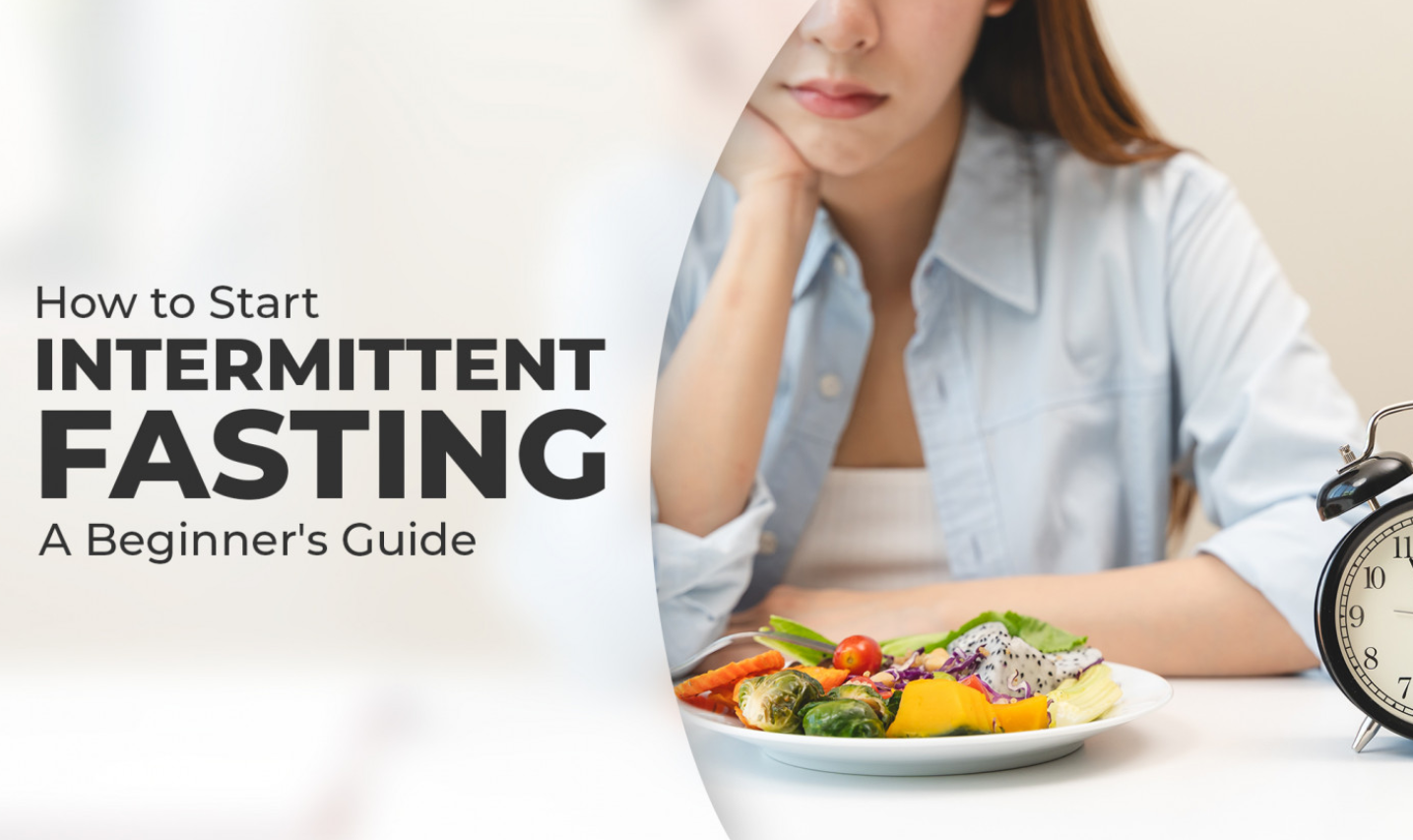What Is Intermittent Fasting?
Intermittent fasting (IF) is a flexible eating pattern focusing on WHEN you eat rather than WHAT you eat. It alternates between cycles of eating and fasting, guiding your body to burn stored fat efficiently, improve metabolism, and support overall wellbeing. IF is not about starvation; it’s about giving your body dedicated time to rest from digestion and tap into its natural fat-burning mechanisms.
This guide breaks down everything a complete beginner needs to know—from simple steps to start safely, benefits, common pitfalls, to expert hydration and hunger management tips.

Why Choose Intermittent Fasting?
-
Supports Weight Loss: By extending the fasting window, your body uses fat stores for energy.
-
Improves Metabolic Health: Enhances insulin sensitivity, reduces inflammation.
-
Simplifies Eating: Less meal prep, reduced calorie counting stress.
-
Promotes Cellular Repair: Activates autophagy, helping your body clear out damaged cells.
-
Boosts Mental Clarity and Energy: Many report improved focus and sustained energy levels.
Step-by-Step Plan to Start Intermittent Fasting Safely
Step 1: Choose an IF Method That Suits You
-
16/8 Method: Fast for 16 hours daily, eat during an 8-hour window (e.g., 12 pm to 8 pm). Most beginner-friendly.
-
12/12 Method: Equal fasting and eating windows. Great for easing into fasting and sustaining long term.
-
5:2 Method: Eat normally 5 days, restrict calories (~500) on two non-consecutive days.
-
Alternate-Day Fasting: Fast or eat lightly every other day. More advanced, needs caution.
-
OMAD (One Meal a Day): One daily meal, 23-hour fast; best for experienced fasters.
Step 2: Start with Shorter Fasts
If new, begin with 12-hour fasts, for example, from 7 pm to 7 am, then gradually increase fasting periods by 1-2 hours per week as comfortable.
Step 3: Stay Hydrated
Water, herbal teas, black coffee (without creamer or sugar) are your fasting allies. They suppress hunger and keep you energized.
Step 4: Plan Balanced Meals
Focus meals on protein, fiber, healthy fats, and micronutrients to stabilize blood sugar, minimize cravings, and provide sustained energy.
Step 5: Listen to Your Body
Feelings of mild hunger are normal. But dizziness, weakness, or irritability indicate you may need to adjust fasting length or meal composition.
Essential Tips for Managing Hunger and Energy
Hydrate Frequently
Often, the body confuses thirst with hunger. Drinking water or calorie-free beverages throughout fasting wards off unnecessary snacking.
Keep Busy and Mentally Engaged
Distraction from thoughts of food reduces temptation, especially in the early days.
Use Gentle Physical Activity
Light exercise, such as walking or yoga, elevates energy without overtaxing the body.
Incorporate Electrolytes
Minimal sodium, potassium, and magnesium, especially if fasting longer than 16 hours, prevent fatigue and cramps.
What to Expect During Your First Weeks of Fasting
-
Initial Hunger and Cravings: Common but diminish as your body adapts to the new rhythm.
-
Increased Mental Focus: Many experience clarity and better mood once ketone production ramps up.
-
Occasional Energy Slumps: Ensure adequate nutrition during eating windows; adjust fasting if necessary.
Common Mistakes Beginners Should Avoid
-
Breaking the Fast with Unhealthy Foods: Avoid sugary or highly processed meals right after fasting—they cause crashes and sluggishness.
-
Skipping Hydration: Leads to false hunger signals and energy dips.
-
Jumping into Long or Complex Fasting Immediately: Eases adaptation and prevents burnout.
-
Ignoring Body Signals: Persistent dizziness or fatigue require plan re-evaluation or professional advice.
-
Overeating During Eating Windows: Portion control remains vital for weight loss success.
Hydration and Nutrition: Key Partners in IF Success
-
Protein: Keeps you full and preserves muscle during fat loss.
-
Fiber: Supports digestion and blood sugar balance.
-
Healthy Fats: Essential for hormones and sustained energy.
-
Micronutrients: Vitamins and minerals from vegetables and fruits optimize metabolism.
Plan meals that combine these elements to avoid nutrient deficiencies and improve satiety.
FAQ: Intermittent Fasting for Beginners
Is Intermittent Fasting Safe?
For most healthy adults, yes. However, those with diabetes, eating disorders, pregnant or breastfeeding women should consult healthcare providers prior to starting.
Can I Drink Coffee or Tea While Fasting?
Yes—black coffee and unsweetened tea have minimal calories and won’t break fasts.
Will IF Make Me Lose Muscle?
No, IF paired with balanced high-protein meals and exercise helps preserve lean muscle.
How Long Will It Take to See Results?
Initial changes in weight and energy may appear within 1-2 weeks; sustainable fat loss unfolds over months.
What If I’m Too Hungry to Fast?
Start with shorter fasts, stay hydrated, and eat nutrient-dense meals. Adjust as your body adapts.
Begin Your Intermittent Fasting Journey with Confidence
Intermittent fasting offers a simple yet profound path to better health, weight management, and vitality. By starting slowly, listening to your body, and incorporating mindful hydration and nutrition, you set the stage for fasting success.